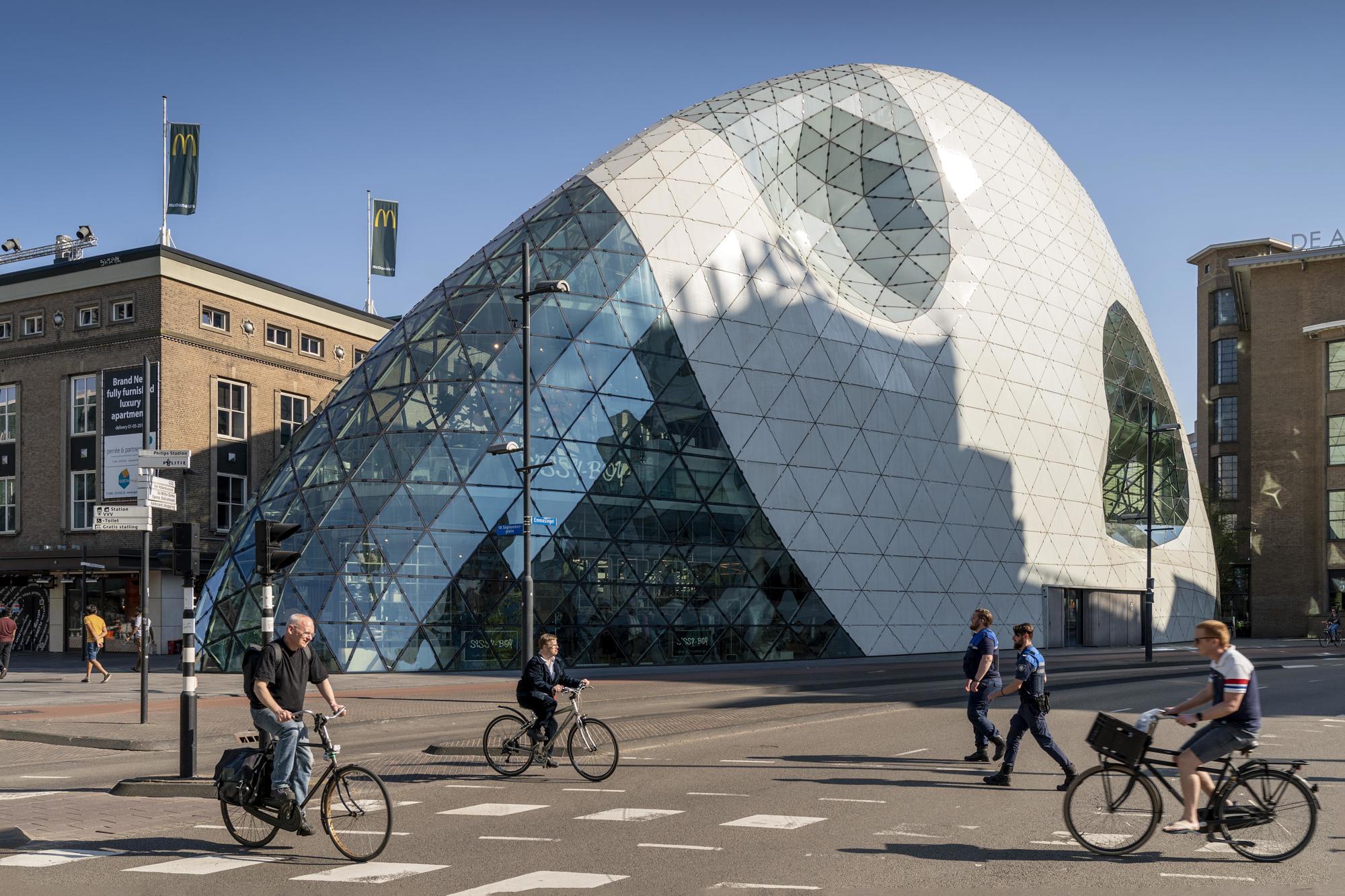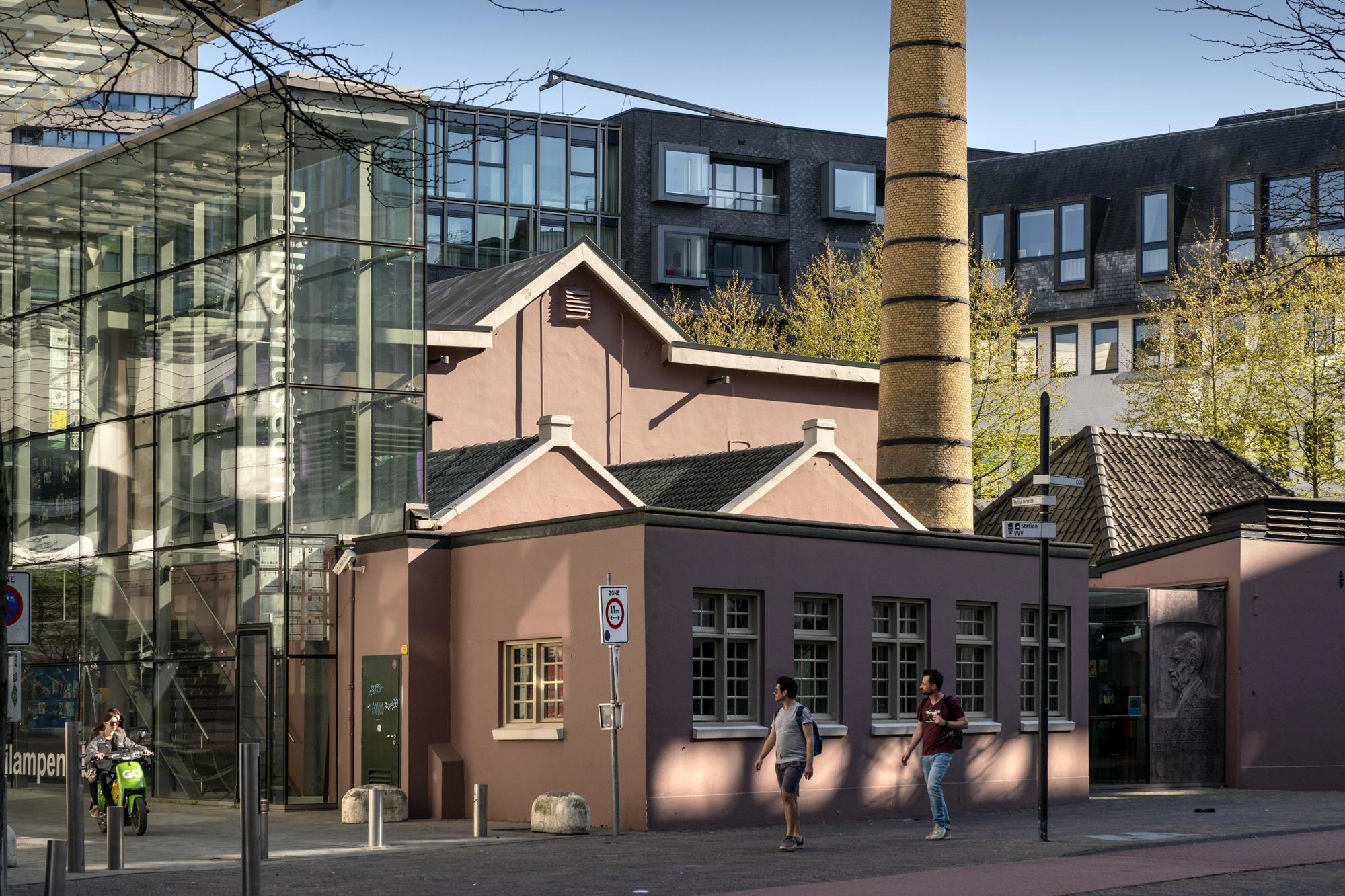Eindhoven, as the heart of the Brainport region, stands for technology, design, and knowledge. The largest city in Brabant grew – both literally and figuratively – thanks to Philips. Over time, Eindhoven has embraced a new identity: that of the most human-centered innovative city. A city with a human scale, integrating its residents into urban developments.
On the international stage of creative technological innovation, Eindhoven continues to be a significant player. Additionally, the city aims to ensure that everyone benefits from the economic prosperity arising from this. This is achieved by connecting residents to each other for the sustainability of their living environment, embracing sustainable tourism as the new norm, linking creative innovators from all over to societal challenges, connecting expat partners to residents through exchange programs, and involving design professionals in the city's transformation.
Eindhoven's proactive nature is evident; new developments in technology, design, creativity, innovation, and knowledge are abundant, thanks to collaboration between government, education, and business. The industrial city of the past, represented by Philips, reinvented itself with Brainport Eindhoven: a world-class innovative technology region, where living and lifestyle are equally appealing. The most advanced machines, products, and innovations that contribute to tomorrow's challenges originate here. The High Tech Campus, high-tech company ASML, and the Brainport Industries Campus are hotspots for (international) companies and educational institutions.

Simultaneously, as a design city, Eindhoven appreciates the aesthetic side of life. The Dutch Design Academy and the Dutch Design Week (DDW) – the largest design event in Northern Europe with over 120 locations – are internationally renowned. Strijp-S, the former Philips site, serves as Eindhoven's creative hub and the home of DDW. This fully redeveloped area has become an innovative urban space with a touch of rawness. Old factory buildings have transformed into creative workplaces, trendy shops, and restaurants. In close proximity, within Philips' ceramic workshop, resides Piet Hein Eek, one of the Netherlands' most famous designers.
Art and culture are abundant at places like the Van Abbemuseum, MU Hybrid Art House, and the Glow light festival. Exploring the city by bike or foot, shopping in the city center, enjoying delicious meals at one of the many restaurants, and diving into the nightlife – all of these are readily available in Eindhoven.

You can copy the full text of this story for free at the touch of a button